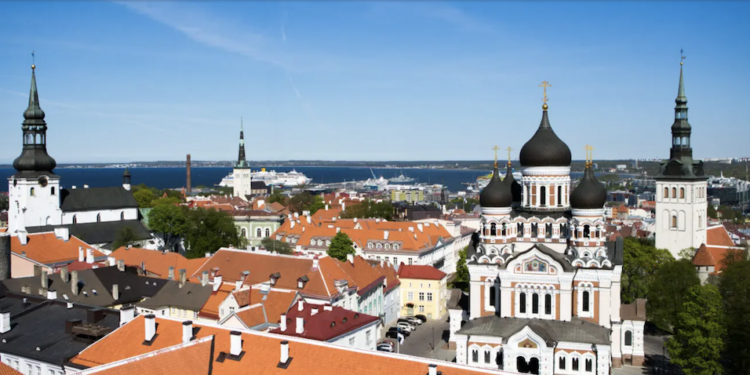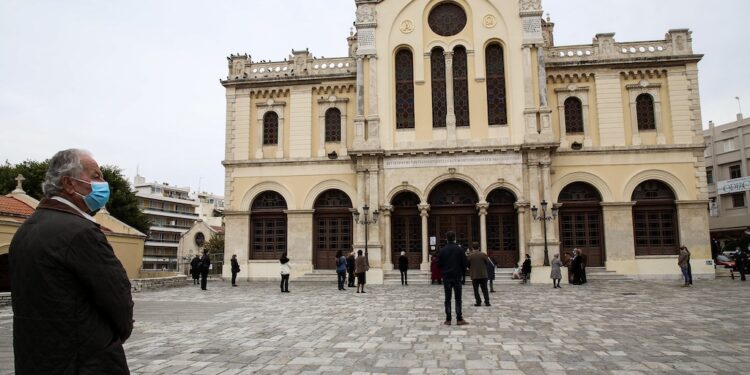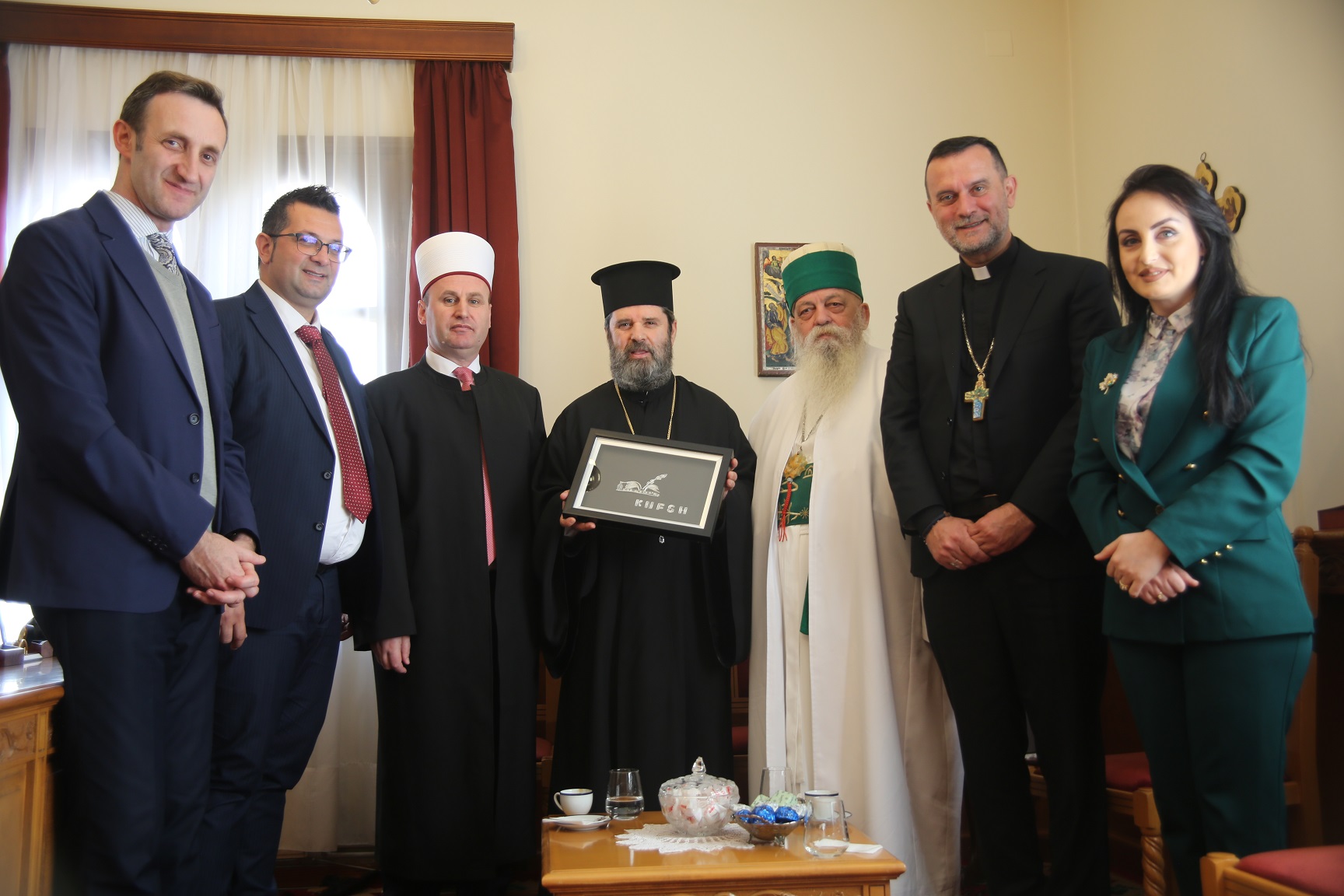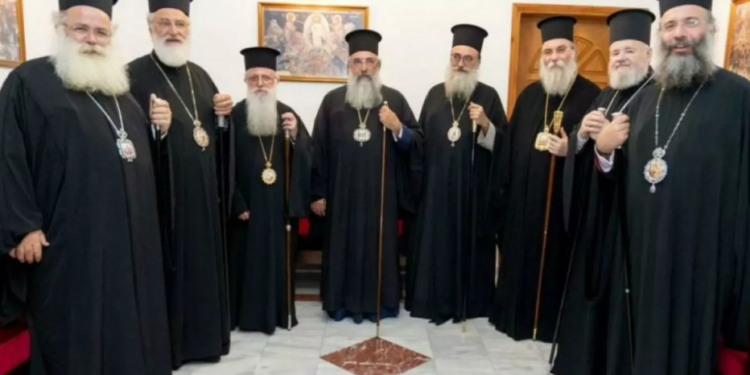The respect shown by the faithful to Our Most Holy Lady, the Mother of God

The degree of respect, honor and love shown towards the Mother of God by the faithful is second only to that shown to God. The respect for the Mother of God dates back to the 1st and 2nd centuries and was decreed by Scripture itself which mentions her by name and refers to her as ‘full of grace, uniquely blessed among women and one who has found grace before God’.
And, in prophetic spirit, the Mother of God herself foretold this renown when she said: ‘Behold, henceforth all generations will call me blessed’ (Luke 1, 48). And indeed, she has been called blessed ever since. It was Elizabeth who first called her blessed when, filled with the Holy Spirit, she exclaimed: ‘Blessed are you among women, and blessed is the child you will bear! But why am I so favored, that the mother of my Lord should come to me?… Blessed is she who has believed that the Lord would fulfill his promises to her’ (ibid, 42-45). And if women today saw the Virgin holding the Infant, they would also call her blessed. Saint Luke the Evangelist also mentions the voice that was raised from a crowd, calling the Mother of God blessed for having suckled the Lord (idem 11, 27).
We learn from Christin archeology that icons of the Mother of God were painted and venerated as early as the 1st and 2ndcenturies. And, of course, this could hardly have been otherwise, since the Gospel itself urges us to honor the Mother of God and she herself said that all generations would call her blessed.
So the Mother of God has been accorded honor and blessing by all generations- from the Annunciation until today- and she’ll continue to be called blessed until the ages are completed. Those who don’t offer honor and blessings to the Mother of God are in contravention of the explicit commands of the Gospel, because the whole of the Gospel is law, and setting aside the merest ‘jot or tittle’- the slightest detail- is an abandonment of the law.
By the 3rd century, veneration for the Mother of God had greatly increased. Christian hymnography praises the Virgin and Mother of God as the Queen of Heaven and Mistress of the Angels. It seems that, at this time there were countries where many Christians lived alongside many pagans and that certain heretics transferred the appropriate veneration of the Virgin into worship. They accorded her the same honor as to God, in imitation of the female goddesses worshipped by the idolaters. These people were called ‘biscuiteers’ because they offered a kind of baked sweetmeat as a sacrifice on a particular day and then ate it. (Epiphanius, Against Heresies 78 and 79).
At the same time there appeared a group entirely opposed to the ‘biscuiteers’, who were called the ‘foes of Mary’, and these were unable to bear the praise of the Lord’s Mother. They were so impious that they dared to say that, after the birth of the Savior, the Virgin had relations with another man and bore other children*. This heretical position is followed to this day by those who maintain that she was not ever-virgin and shouldn’t be called the Mother of God.
These heresies were condemned by the Church and a clear and definitive statement of its position was formulated, according to which we should honor the ever-virgin maiden as the Mother of God, but not worship her as we do God (Cyril).
The heresies of the ‘biscuiteers’ and the ‘foes of Mary’, which appeared in the 3rd century show a deviation from the Universal Church’s true faith, which lies between these two diametrically opposed positions.
In chapter 23, para. 4, of Against Heresies 78, Epiphanius says: ‘And, in relation to the same matter of the holy ever-virgin, others called her God and continue to do so, obviously because they are mad or have suffered brain damage. For they say that certain Thracian women there in Arabia have introduced this nonsense, and that they bake a loaf in the name of the Ever-virgin, gather together, and attempt an excess and undertake a forbidden, blasphemous act in the holy Virgin’s name, and offer sacrifice in her name with women officiants’. In chapter 1 of Against Heresies 79, he says: ‘This one, again, was also brought to Arabia from Thrace and upper Scythia…For certain women decorate a barber’s chair or a square seat, spread a cloth on it, set out bread and offer it in Mary’s name on a certain day of the year, and all partake of the bread’.
![]()
In the 4th century, too, veneration and respect for the Mother of God were expressed with magnificent works, such as the construction of majestic churches dedicated to the name of our Lady.
For all the faithful, the Mother of God has been, is and will continue to be our unarmed protectress, swift defender and helper. It is she whose name has always been invoked in times of dangers and sorrows; she who has been our invincible captain in wars. Her unconquerable power has routed our enemies, and her mother’s boldness towards her Son and God has brought divine mercy to the faithful.
The veneration of the faithful towards the Mother of God since the time of the condemnation of the Nestorian heresy was expressed throughout the Roman [i.e. ‘Byzantine’] state with wonderful feasts and spiritual festivals. Ever more magnificent and stunning churches were built in the name of Mother of God and these became famous for their beauty.
This veneration on the part of the faithful towards the Mother of God and Ever-Virgin Mary, which quickly gained a secure place in their hearts, began once the Virgin Mary was recognized as the Mother of God. It has remained unchanged over the centuries and will continue to remain unchanged in the hearts of the faithful in the age to come.
*Metropolitan Kallistos (Ware) points out that this would have been absurd even from the point of view of purely human psychology. His Eminence departed this life a few hours ago (24/8/2022). A sad day for us, but a joyous one for him. May he rest in peace with the saints and enjoy a ‘good paradise’.
Source: pemptousia.com





